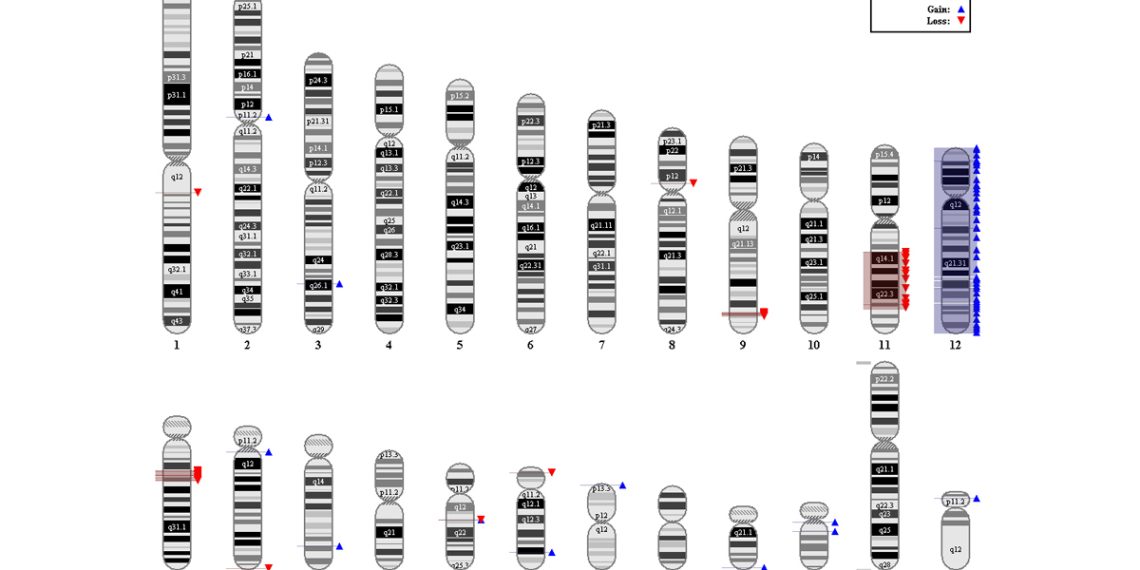Causes and Genetics of Angelman Syndrome
Angelman Syndrome is caused by problems with the UBE3A gene, located on chromosome 15. This gene plays a crucial role in brain development. Normally, each person inherits two copies of chromosome 15 — one from each parent — but only the maternal copy of UBE3A is active in the brain. If this maternal copy is missing or not working, Angelman Syndrome occurs. Read more about the causes and genetics of Angelman syndrome below.
Genetic Mechanisms
There are several known causes:
- Deletion of the maternal chromosome 15 region (about 70% of cases)
- UBE3A gene mutation (about 10%)
- Paternal uniparental disomy (UPD) – both copies of chromosome 15 are inherited from the father (2–5%)
- Imprinting defects – the maternal gene is present but inactive (3–5%)
In some cases, the exact cause is unknown, but symptoms still match the clinical profile of Angelman Syndrome.
Is It Inherited?
Most cases are not inherited but occur as random genetic events during early development. However, in a small percentage, it can be inherited, especially in families with imprinting defects or UBE3A mutations. Genetic counselling is recommended for families planning future pregnancies.
South African genetics services are available in many academic hospitals and private clinics, offering testing and support for families.
👉 [Next: Diagnosis of Angelman Syndrome]
Causes of Chronic Myeloid Leukaemia
Treatment for Angelman Syndrome


